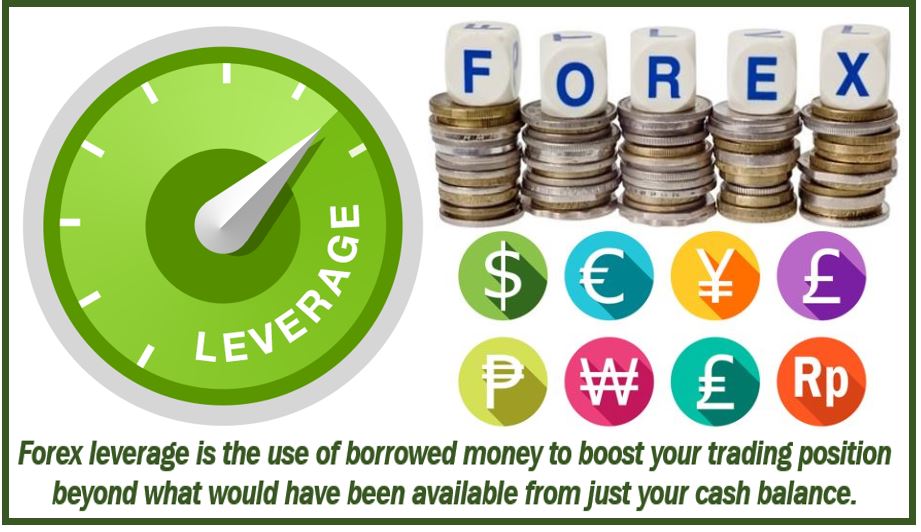Many people get into Forex trading for a lot of things. For some, the thrill of navigating the volatile markets and making a profit is what drives them. For others, it is the challenge inherent in making the right trade at the right time and mastering different markets that give satisfaction. However, what makes the Forex markets really attractive to everyone is the idea of leverage.

If you want to get into trading for the first time, leverage is a concept you must familiarise yourself with. Leverage in the Forex market is a bit different than when dealing with stocks, and in this article, we will arm you with all the knowledge you need to make the most of it.
However, we go in too deep so let us start with the basics. Let us look at definitions first and go from there.
How Do We Define Leverage?
Leverage is one of the first things brokers and traders learn about. It is a very basic principle, and it refers to the practice of traders borrowing money from brokers to increase their margin size. However, since it is a loan, the trader does not technically own it and cannot, therefore, buy assets with it.
While we do refer to the lending of funds as loans, it technically is not. The amount borrowed from the broker does not actually have to be paid back. Why? Because the broker does not own the funds. So, what is the point of this? Let us get to it.
How Is This Useful and How Does It Work?
If the money does not need to be paid back, how do the brokers make money? How do they profit? Well, when it comes to trading, brokers get commissions for every trade you make. The more trades you make with their money, the more money, in turn, you are making them. So, their profit is tied to your open trades.
This is where things get dicey, though. Suppose you have 100,000 dollars and make a profit of 1,000 dollars. In this situation, your leverage equals 1:1, so your profit is 1%. In the event you have a 1:100 leverage, your profit is a whopping 100%. This is what makes Forex trading so exciting.
However, this is where the other shoe drops. Everything we said about profits is applicable to losses as well. So, by that logic, with a leverage of 1:100, you will lose 100% of your funds. High risk high reward taken to its natural extreme can be a very difficult double-edged sword to maneuver.
This is why brokers limit the amount of leverage you can get out of them in an effort to stop you from losing all your money. Usually, brokers will have different sorts of limits for different kinds of traders. Usually, professional traders get a much higher margin of leverage than laypeople.
What Kind of Leverage Ratio Is Best for Trading?
There is a chance that you will have asked yourself this question while reading the last section. However, prepare for disappointment. There is no such thing as a perfect leverage ratio. This is not really a cop-out answer as perfection is illusory, but different leverage ratios have their own positives and negatives.
A big ratio helps you make the best out of a good turn, while a small one is best for when you expect there to be losses.
A Rule of Thumb
Despite everything we have outlined in this article, it is wise to note that leverages are not actually something to be afraid of. Like every other tool, it stops being a hazard once you learn how to use it properly. As such, the only time you should avoid using leverages is when you take your hands off the steering wheel of your trades. As long as you remain in control, you can always use leverages as and how you see fit.
What it boils down to is essentially this:
You should try to use smaller amounts of leverage on your trades since it gives you a wider breathing room while at the same time setting a decent enough stop measure. It also helps avoid huge losses of capital.
On the other hand, you should avoid using high leveraged trades because on the off chance that it goes south, you will suffer huge financial losses and it will wring your reserves dry.
However, keep in mind that the leverage ratio is completely flexible and can be customized to suit your every need, so feel free to change things up depending on what it is you are trying to do.
Conclusion
And there we go! That should have given you a proper, if brief, introduction into the world of managing leverage ratios. We hope you use this knowledge well and trade safely and cautiously. Remember, the internet is always perilous, and you need to always manage your risks. Stay safe, and trade well!
Interesting related article: “What is Leverage?”

